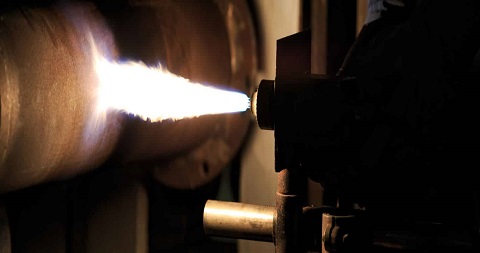
Feb 22, 2019
Flame spraying is a thermal spray process that creates quality coatings using heat to melt materials that are usually in powder, ceramic rod or wire form. This type of thermal spray method is cost effective and one of the simplest ways to deposit coatings onto a...
Loading...


